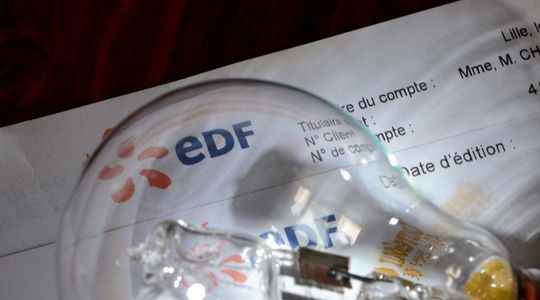More than 2 euros per liter at the pump, tripling the wholesale price of natural gas: the inflationary surge that has ignited the price of fossil fuels since the invasion of Ukraine continues to shake European economies. Faced with such a shock, it was necessary and just to protect the purchasing power of the poorest French people. This is particularly the case for households forced overnight to double their transport budget, for lack of a local alternative to the private car.
However, far from a targeted strategy, the government preferred the demagogic facility of an all-out spraying. Result: nearly 22 billion euros planned for 2022 in order to cap the soaring prices of gas, electricity and gasoline. The uniformity of the device offers a very illusory impression of justice. The majority of this sum will mechanically benefit the wealthiest, whose energy expenditure per household is higher – when they are nevertheless the best able to absorb the shock.
But above all, here we are, almost six months after the start of the invasion, in a most paradoxical situation. If the climate threat had not been enough to massively accelerate the energy transition, perhaps our terrible dependence on Russian fossil fuels would offer a more convincing argument? Alas, it is coal-fired power stations that are flourishing again in Europe, even in France itself. The tariff shield is largely financed by public debt, yet dedicated in principle to investing in the future of the country. No doubt it would have been wise to devote a larger share to transition investments that would protect us from future energy shocks.
With 22 billion, many projects to carry out
What can we afford, in these inflationary times, for 22 billion? Equipping 5.5 million homes with a heat pump out of the 36 million in the French stock – enabling energy savings of 60% to 75% compared to a conventional gas boiler. The installation of 3.7 million solar water heaters, which combined with a traditional electric water heater reduce consumption by nearly 70%. The in-depth renovation of more than one million dwellings which, for an average investment of 20,000 euros per unit, could allow savings of more than 75% according to Ademe – and even more if the effort is carried out in priority on the bars of buildings of the social park, renewable by the outside by a simple facelift.
Carbon-free transport options are not left out. Such an envelope could finance nearly 20,000 kilometers of daily train line, so necessary in regions where the car reigns supreme over individual mobility. Or even 4,000 kilometers of buses with a clean lane service level, an attractive option for small and medium-sized municipalities, which can be implemented in 18 months in addition. As for the electric car, the only low-carbon alternative feasible in low-density rural areas – the first victims of the current crisis – it is 3.7 million ecological bonuses that would facilitate its acquisition. We could even directly subsidize the purchase of more than 600,000 Renault Zoé, supporting at the same time a national industrial sector – the Zoé is produced in Flins, in the Paris region.
make up for the delay
Even our accumulated delay on the renewables front could be partly compensated. For example, more than 1.5 million individual houses could be equipped with solar panels – which would almost double the total solar capacity installed in mainland France. Such a budgetary envelope could also finance the installation of floating wind farms for a power of nearly 8 gigawatts, beyond the horizon lines where aesthetic passions often run wild.
We could decline at will this inventory of possibilities, which once again we preferred to postpone. Of course, the exercise is only worth its orders of magnitude. Of course, many of the investments proposed here would not bear fruit this year. But when the I4CE institute reminds us that France is still short of 13 to 15 billion investments this year to achieve our climate objectives in 2030, it’s hard not to think that this expensive shield could have been better used.
